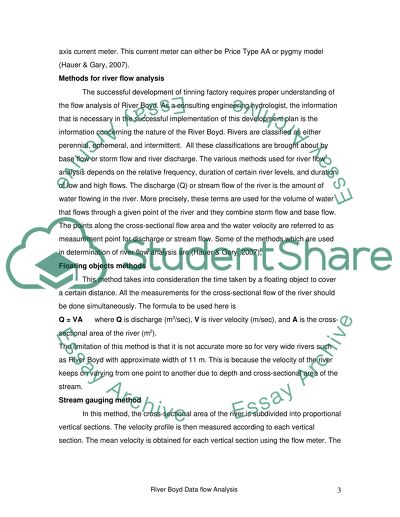Cite this document
(“Engineering Hydrology Essay Example | Topics and Well Written Essays - 1500 words”, n.d.)
Retrieved from https://studentshare.org/engineering-and-construction/1483778-engineering-hydrology
Retrieved from https://studentshare.org/engineering-and-construction/1483778-engineering-hydrology
(Engineering Hydrology Essay Example | Topics and Well Written Essays - 1500 Words)
https://studentshare.org/engineering-and-construction/1483778-engineering-hydrology.
https://studentshare.org/engineering-and-construction/1483778-engineering-hydrology.
“Engineering Hydrology Essay Example | Topics and Well Written Essays - 1500 Words”, n.d. https://studentshare.org/engineering-and-construction/1483778-engineering-hydrology.


